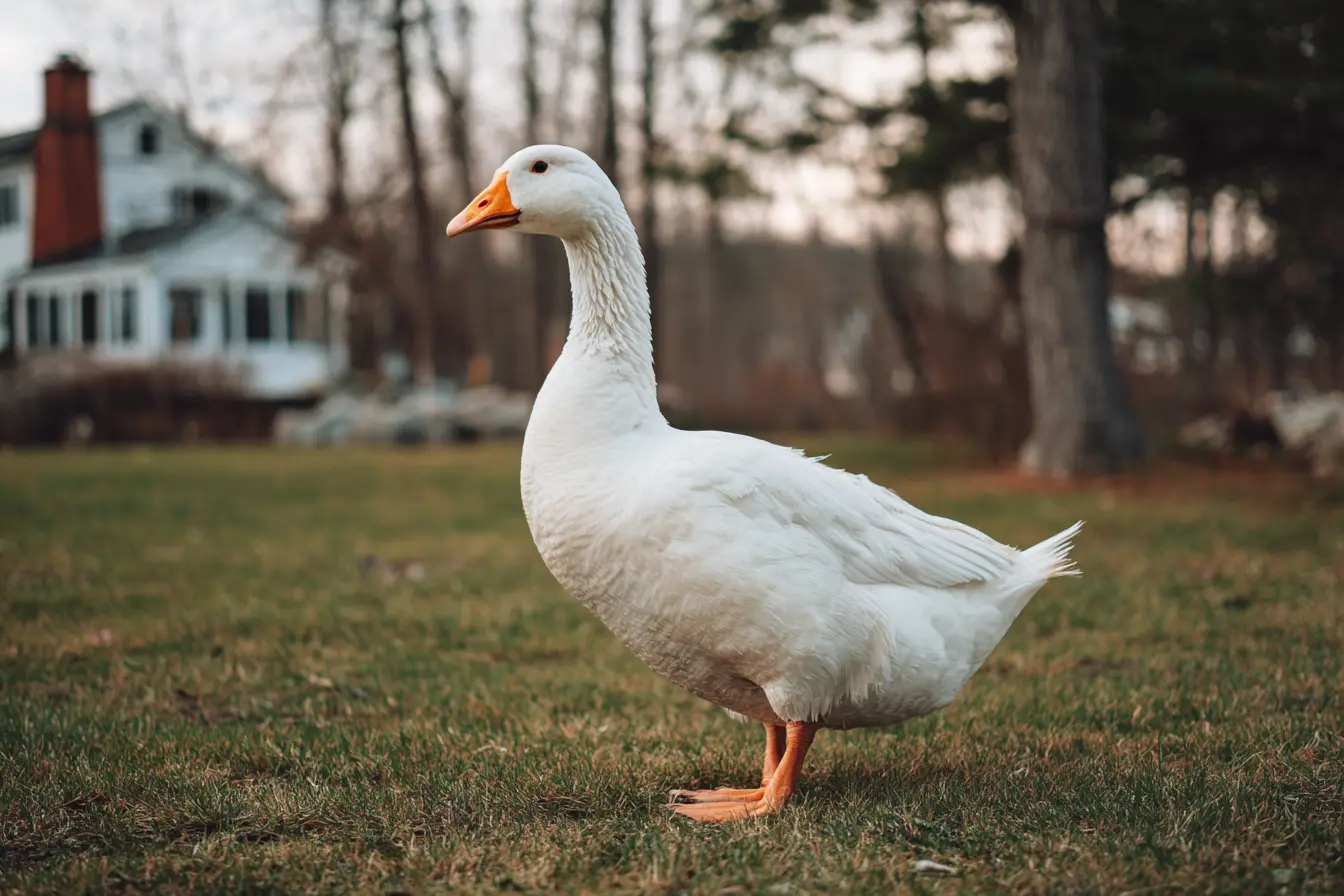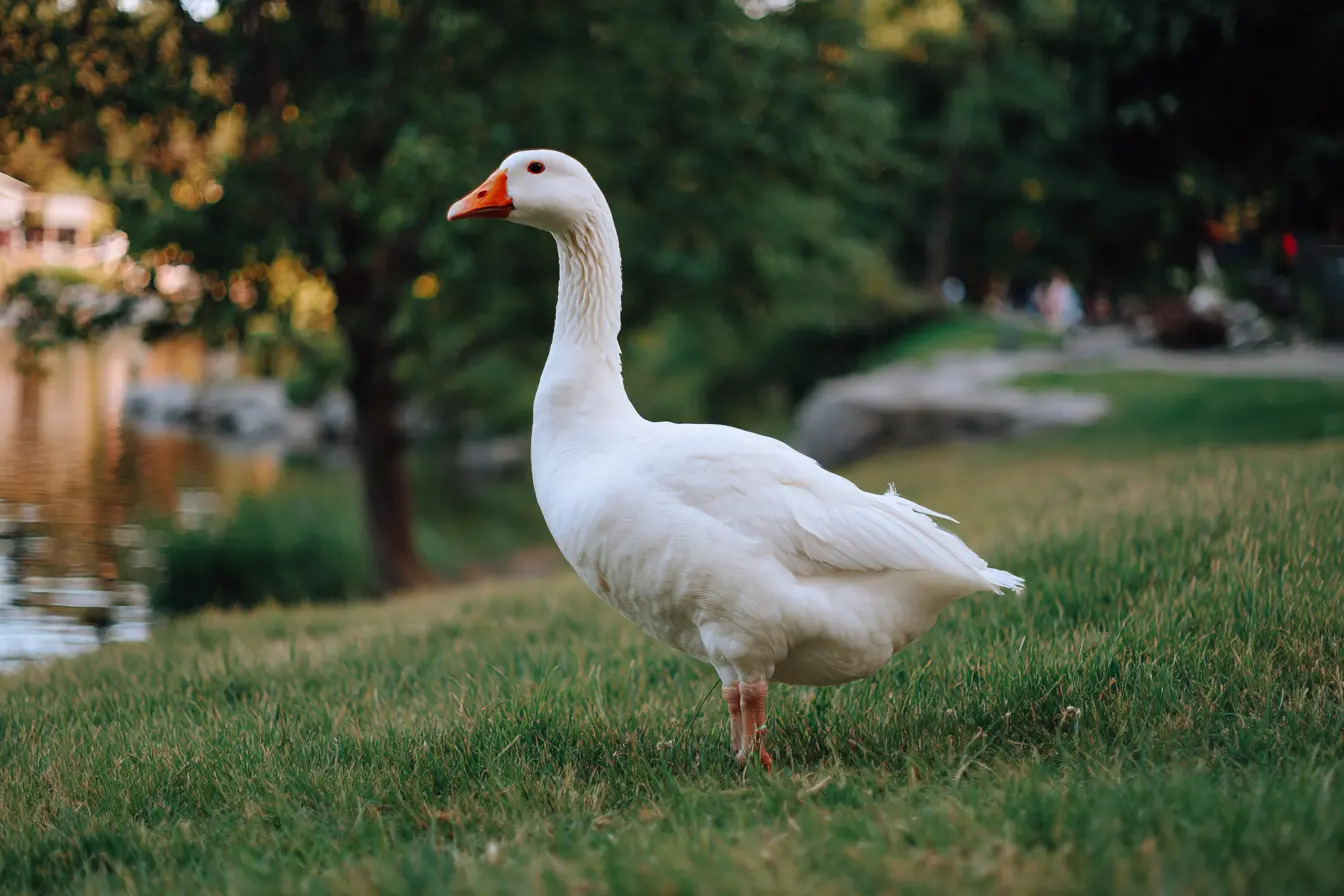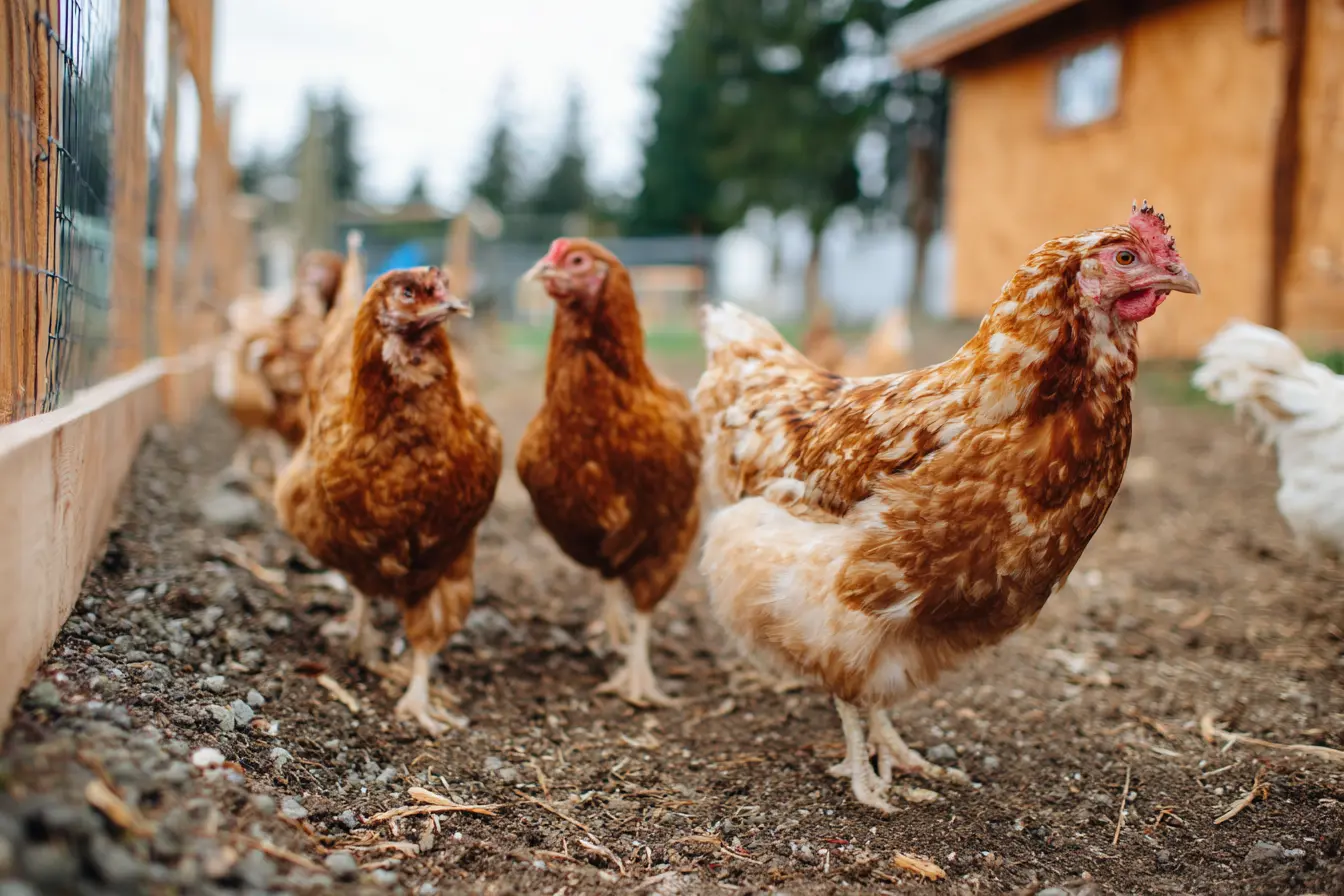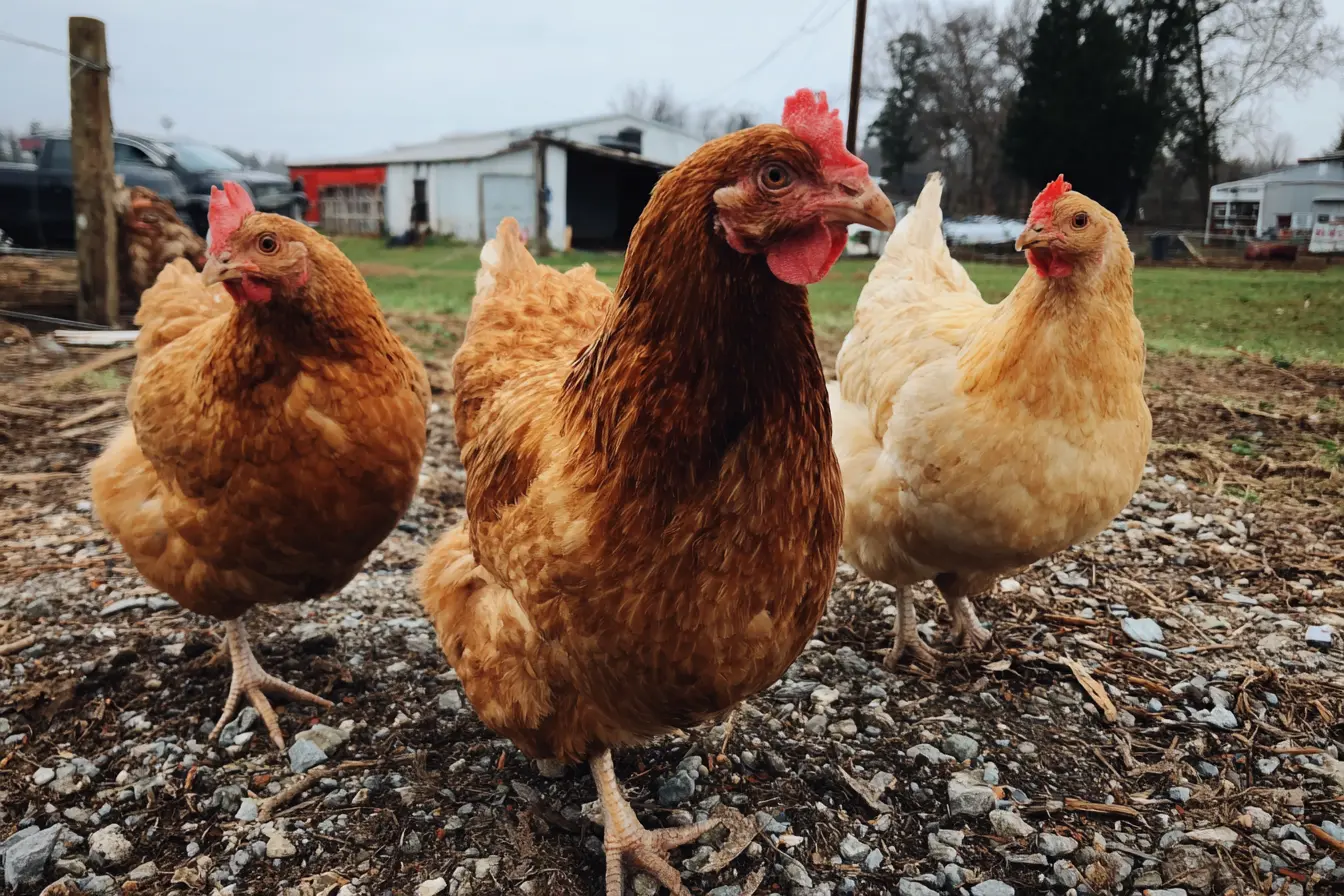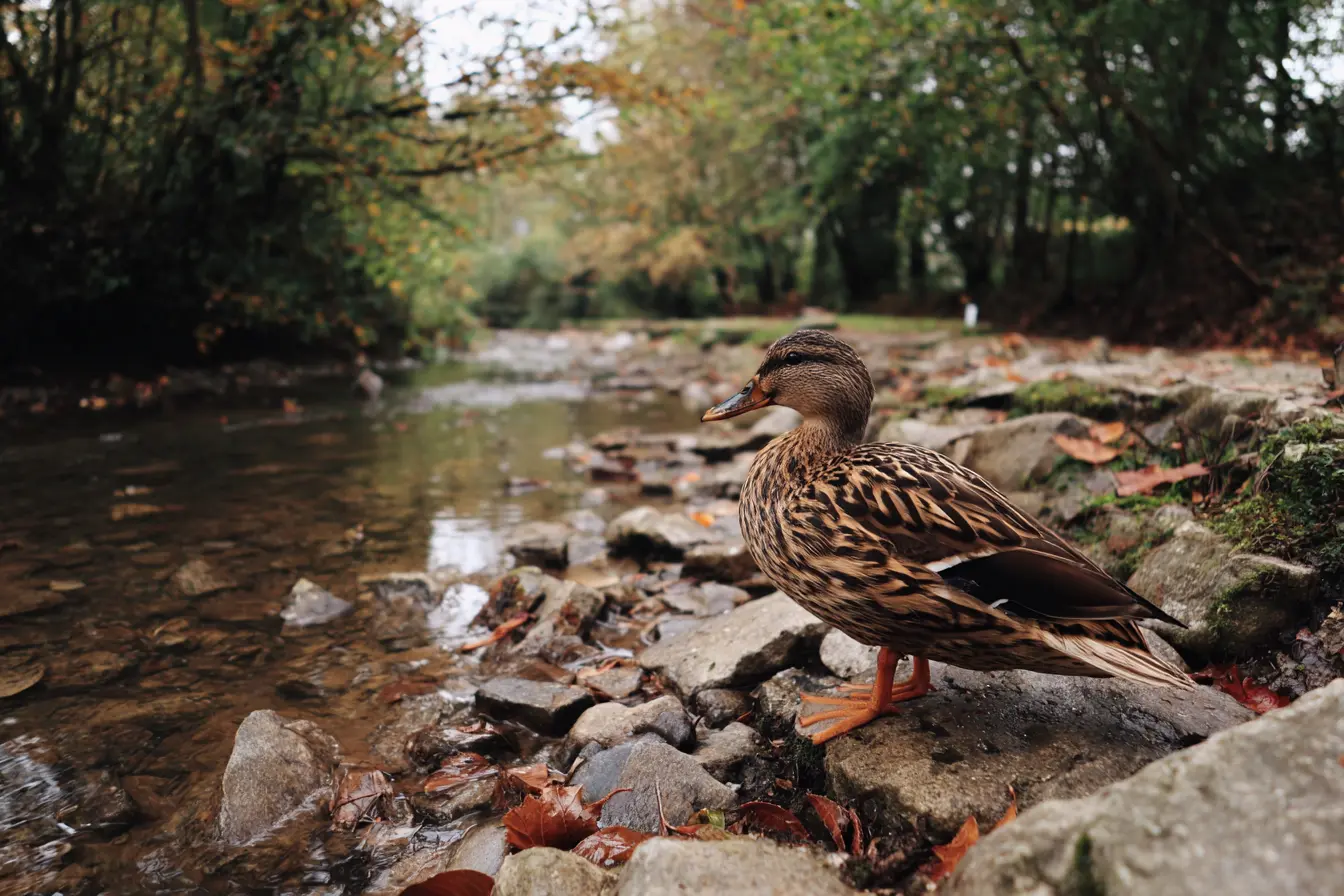
Understanding Different Types of Duck Eggs and What They Mean
Keeping ducks is not only a joy, but also a highly rewarding way to produce rich, nutrient-packed eggs. Duck eggs differ from chicken eggs in many ways — from size and taste to shell texture and internal contents. However, just like with chickens, duck egg variations can tell you a great deal about the health, age, breed, and environment of your birds.
In this post, we’ll explore the different types of duck eggs you may find in your nest boxes, what they mean, and how to resolve any issues that arise.
Eggshell Colour
Duck eggs can range in colour from creamy white to blue, green, and even grey. The shell colour is determined by the duck's breed and has no impact on the egg’s flavour or nutritional value.
Common Colours and Breeds
- White: Common among Pekins, Indian Runners, and Aylesburys.
- Blue or Green: Typically laid by breeds such as Khaki Campbells, Swedish Blue, and Welsh Harlequins.
- Grey or Mottled: May occur in older ducks or those with mixed breeding.
Shell Texture and Shape
The shell of a duck egg is usually thicker and more resilient than a chicken egg, with a smoother, often glossier finish due to a natural protective coating called the bloom. Irregularities in texture or shape can be signs of issues in health, nutrition, or laying conditions.
Common Shell Anomalies and Their Meanings
Thin-Shelled or Soft-Shelled Eggs
Cause: Calcium or vitamin D deficiency, or stress.
Resolution:
- Provide crushed oyster shell or limestone grit.
- Ensure ducks have access to sunlight or a vitamin D3 supplement.
- Minimise noise, sudden changes, or predator threats in their environment.
Wrinkled or Corrugated Shells
Cause: Stress or minor trauma in the oviduct during shell formation.
Resolution:
- Offer a calm, predator-proof housing.
- Maintain consistent lighting and routine to reduce stress.
- Allow adequate space in nest boxes to prevent crowding.
Shell-Less Eggs
Cause: Immature ducks (early layers), calcium deficiency, or reproductive upset.
Resolution:
- Feed high-quality layer pellets.
- Supplement with free-choice calcium.
- Give young layers time to stabilise — this often corrects naturally.
Bumpy or Speckled Shells
Cause: Extra calcium deposits or shell gland disturbances.
Resolution:
- Balance calcium intake—avoid over-supplementing.
- Maintain hydration and healthy kidney function through fresh, clean water.
Misshapen Eggs
Cause: Age, reproductive issues, or temporary disruptions in the laying process.
Resolution:
- Provide a balanced diet with enough protein and vitamins.
- Consider reducing laying load by shortening daylight hours (under artificial lighting).
- Observe for signs of illness in older ducks.
Discoloured or Stained Shells
Cause: Dirty nesting areas or internal pigment irregularities.
Resolution:
- Clean nests regularly and use dry, absorbent bedding.
- Check for faecal contamination or signs of internal infection if the discolouration is persistent.
Size and Weight
Duck eggs are generally larger than chicken eggs, ranging from 65g to 90g+, depending on breed and individual. Size changes with age and nutritional intake.
Common Issues and Fixes
-
Tiny eggs (from mature ducks): Could indicate stress, illness, or nutrient deficiency.
- Fix: Evaluate diet, ensure ducks are parasite-free, and reduce any environmental stressors.
-
Very large eggs: Common in older ducks or those laying double yolkers.
- Fix: Ensure ducks get adequate protein and calcium to avoid reproductive fatigue.
Internal Egg Variations
What you find inside the shell can be just as telling as the outside. Duck eggs have a larger yolk and a thicker albumen, but variations can still raise questions.
Yolk Colour
- Pale yolk: Low in carotenoids.
- Fix: Add leafy greens, maize, or marigold petals to the diet.
- Rich orange yolk: A sign of good diet and foraging—ideal.
- Blood or meat spots: Common and harmless, especially in young or stressed ducks.
- Fix: Reduce handling during egg-laying hours. Ensure ducks have enough vitamins A and K.
Albumen (Egg White)
- Thick and cloudy: Very fresh—normal for duck eggs.
- Watery or runny: Could indicate age or heat stress.
- Fix: Collect eggs frequently, especially in hot weather.
- Green, red, or pink tinge: Possible bacterial contamination.
- Fix: Discard the egg, clean nest boxes, and ensure water sources are not contaminated.
Double Yolkers and Other Oddities
Double yolked duck eggs are often found in younger ducks whose reproductive systems are still calibrating.
Resolution
- No action is required unless it becomes frequent, in which case ensure the bird is not under reproductive strain.
- Allow for rest periods by reducing artificial light or reducing protein-rich treats temporarily.
No-Yolk and Lash Eggs
-
No-yolk eggs ("wind eggs"): Tiny, yolkless eggs from young ducks.
- Fix: Normal part of early laying—no intervention needed.
-
Lash eggs: Rubber-like masses, often with foul smell, indicating serious internal infection.
- Fix: Isolate affected bird, consult a vet, and treat with antibiotics if appropriate.
Egg Freshness and Quality
Duck eggs, thanks to their thicker shells, often keep longer than chicken eggs — but freshness still matters.
Float Test
- Lies flat in water: Fresh.
- Stands upright: A few weeks old, still usable.
- Floats: Likely bad — discard.
Storage Tips
- Store unwashed eggs to preserve the bloom.
- If eggs are dirty, dry-brush them or spot clean without immersing in water.
- Store pointed-end down in a cool, dry place or refrigerator.
When to Be Concerned
- You notice a sudden drop in egg production.
- Multiple ducks lay abnormally soft or shell-less eggs.
- Foul odours, persistent lash eggs, or visibly sick ducks.
- Repeated discolouration or abnormalities over several laying cycles.
Checklist for Resolution
- Nutrition: Are they on a complete layer feed with enough calcium and protein?
- Environment: Is the housing clean, quiet, and safe?
- Water: Ducks need clean, deep water for drinking and preening.
- Parasites: Worm regularly and monitor droppings.
- Veterinary attention: For ongoing abnormalities or lash egg production.
Conclusion
Duck eggs are not only delicious and nutritious but also a valuable indicator of your flock’s wellbeing. By learning to interpret the different types of eggs your ducks lay, you can ensure their health, manage their diet, and fine-tune their environment.
Keep records, observe daily, and act promptly if you notice irregularities. A healthy duck is a productive duck, and with a bit of care, you'll be rewarded with beautiful eggs every day.
Vets near you
Speciality vets
- Aquatics vet specialists
- Birds vet specialists
- Camelids vet specialists
- Cats vet specialists
- Cattle vet specialists
- Deer vet specialists
- Dogs vet specialists
- Equines vet specialists
- Exotic vet specialists
- Goats vet specialists
- Pigs vet specialists
- Poultry vet specialists
- Sheep vet specialists
- Small Mammals vet specialists
- Wild vet specialists
